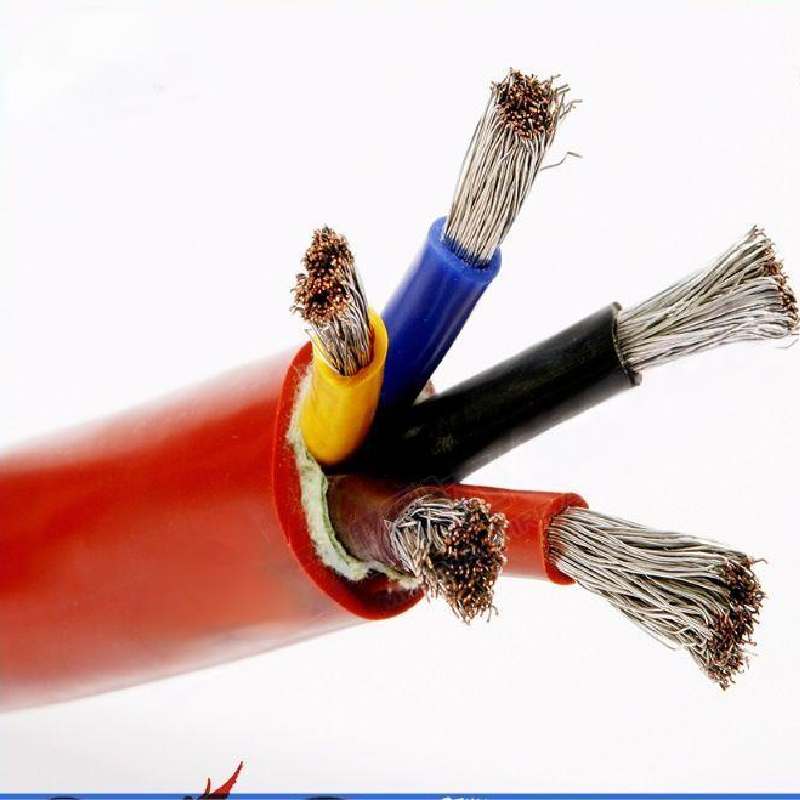Th12 . 13, 2024 09:34 Back to list
rubber expansion joint flange type
Understanding Rubber Expansion Joint Flange Types
Rubber expansion joints, also known as flexible connectors, are essential components in piping systems. They are designed to absorb vibration, accommodate misalignment, and allow for thermal expansion and contraction in piping systems. Among the various types of rubber expansion joints, the flange type is particularly advantageous in several applications. This article delves into the specifics of rubber expansion joint flange types, their applications, benefits, and considerations for selection and installation.
What Are Rubber Expansion Joints?
Rubber expansion joints are flexible devices typically made from elastomers. They serve as connectors between two pipe sections, allowing for movement caused by thermal expansion, system vibration, or external forces. The joints can handle various media, including liquids and gases, and they are used in numerous industries, from water and wastewater management to HVAC (Heating, Ventilation, and Air Conditioning) systems.
Flange Types of Rubber Expansion Joints
The flange type of rubber expansion joint is characterized by its flanged ends, which allows for direct connection to pipe flanges using bolts and nuts. This design facilitates a secure and reliable connection between the joint and the existing piping system. Flange types come in various configurations, including
1. Fixed Flange Type This design features rigid flanges that do not allow axial or angular movement but can compensate for lateral displacement. 2. Loose Flange Type These joints have loose or swivel flanges that allow for some angular and lateral movement, making them ideal in systems with significant misalignment.
3. Adapters Some rubber expansion joints come with flanges that are designed to match specific pipe standards, allowing for easy integration into various piping systems.
Applications of Rubber Expansion Joint Flange Types
Rubber expansion joints are commonly used in a variety of applications, such as
- Water and Wastewater Treatment Plants They help manage the thermal expansion of pipelines and absorb shocks caused by pump operation. - HVAC Systems Used to reduce noise and vibration in ductwork, thereby improving system performance. - Marine Applications Employed in shipbuilding and repair to accommodate movement and reduce stress on piping systems. - Oil and Gas Industry They assist in the management of thermal expansion and lateral movements within pipelines.
Benefits of Rubber Expansion Joint Flange Types
1. Flexibility The inherent flexibility of rubber allows these joints to accommodate large amounts of movement, making them suitable for systems prone to thermal expansion and contraction.
rubber expansion joint flange type

3. Corrosion Resistance Depending on the material, rubber expansion joints can resist corrosion and chemical attack, expanding their applicability across various industrial settings.
4. Easy Installation The flange design allows for straightforward installation and replacement, requiring only standard bolting techniques.
5. Cost-Effectiveness Rubber expansion joints are often more economical compared to metallic expansion joints, both in material and installation costs.
Considerations for Selection and Installation
When selecting rubber expansion joints, several factors must be considered
- Pressure and Temperature Ratings Ensure the rubber material can withstand the operating conditions of the system.
- Chemical Compatibility Assess the media that will flow through the joints to prevent degradation of the rubber.
- Movement Requirements Determine the expected axial, angular, and lateral movements to select the appropriate type of joint.
- Size and Flange Standards Choose a joint that matches the existing piping system in terms of size and flange configuration.
Proper installation is equally crucial. It is essential to align the flanges correctly, avoid over-tightening bolts, and ensure that the joints do not carry external loads to maintain their integrity and performance.
Conclusion
Rubber expansion joint flange types are vital components in various piping systems, offering flexibility, vibration dampening, and ease of installation. By understanding their applications, benefits, and selection criteria, engineers and maintenance personnel can make informed decisions that enhance the reliability and longevity of piping systems. Whether in industrial, marine, or HVAC applications, these essential elements play a critical role in maintaining system efficiency and performance.
Share
-
Reliable Wafer Type Butterfly Valves for Every IndustryNewsJul.25,2025
-
Reliable Flow Control Begins with the Right Ball Check ValveNewsJul.25,2025
-
Precision Flow Control Starts with Quality ValvesNewsJul.25,2025
-
Industrial Flow Control ReliabilityNewsJul.25,2025
-
Engineered for Efficiency Gate Valves That Power Industrial PerformanceNewsJul.25,2025
-
Empowering Infrastructure Through Quality ManufacturingNewsJul.25,2025